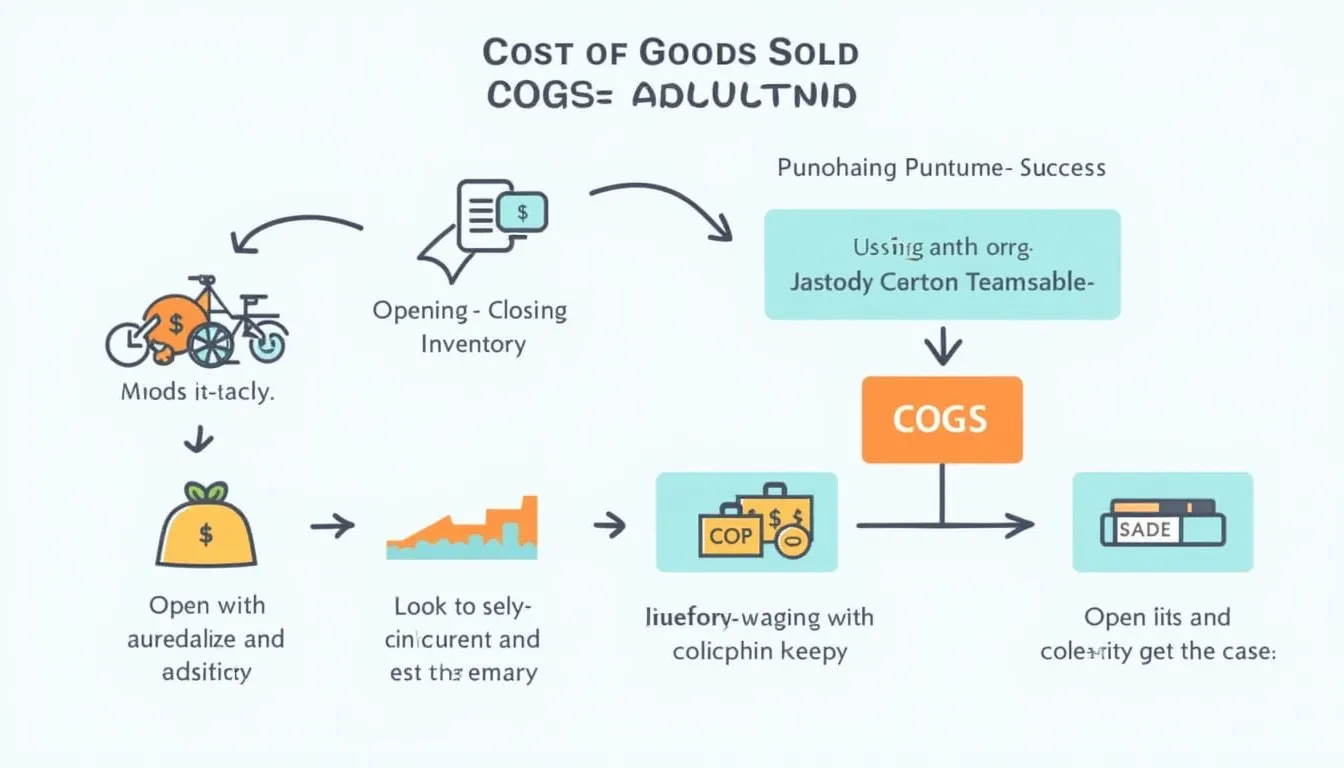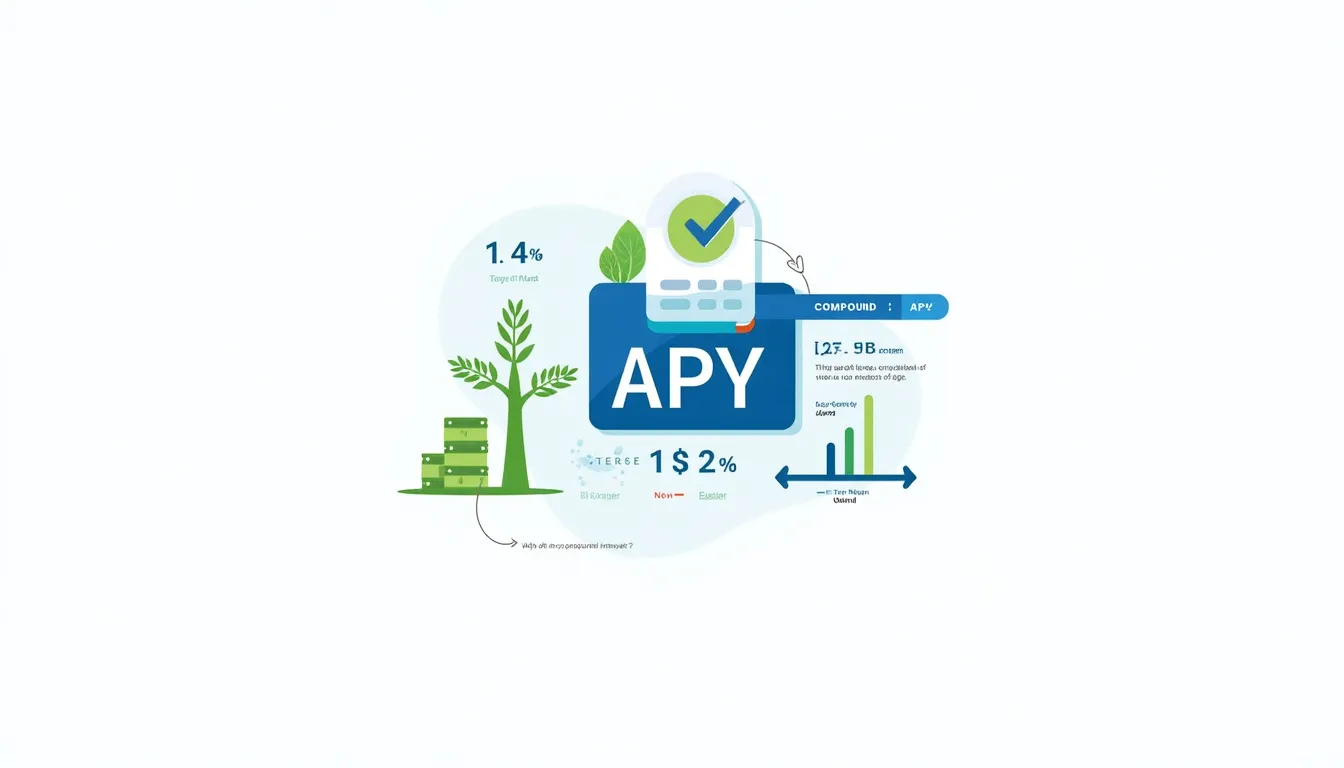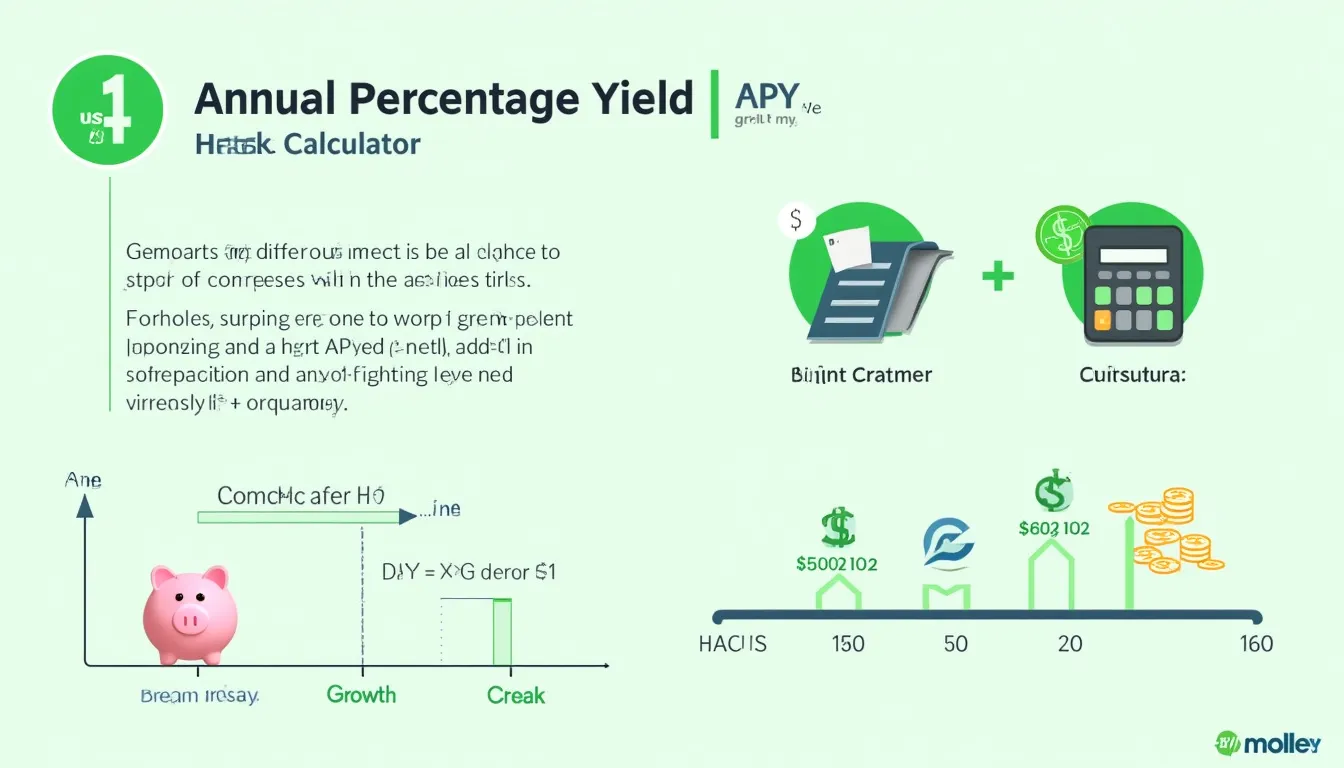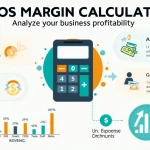Financial Calculator
Choose the financial calculation you want to perform.
How to Use the Financial Calculator Effectively
Our comprehensive Financial Calculator is designed to simplify complex financial calculations and empower you to make informed decisions about your money. Here’s a step-by-step guide to using this powerful tool effectively:
- Select Your Calculation Type: From the dropdown menu, choose the specific financial calculation you need to perform. Options include Annual Percentage Yield (APY), Average Rate of Return, Break-Even Point (BEP), Cost of Goods Sold (COGS), and Future Value of Annuity.
- Input Required Data: Once you’ve selected a calculation type, the calculator will display the necessary input fields. Fill in the required information accurately, using numerical values only.
- Review Input Tips: Each input field is accompanied by a helpful tip explaining what the value represents and how to enter it correctly. Take a moment to read these tips to ensure accuracy.
- Click “Calculate”: After entering all required data, click the “Calculate” button to process your inputs and generate the result.
- Interpret the Result: The calculator will display the result prominently. Take note of the calculated value and its implications for your financial decision-making.
- Experiment with Different Scenarios: Feel free to adjust your inputs and recalculate to explore various financial scenarios and outcomes.
Unlocking Financial Clarity: Introduction to Our Powerful Calculator
In today’s complex financial landscape, making informed decisions is crucial for individuals and businesses alike. Our Financial Calculator serves as a versatile tool designed to demystify various financial concepts and provide accurate, instant calculations for a wide range of scenarios.
This powerful calculator encompasses multiple essential financial formulas, including:
- Annual Percentage Yield (APY)
- Average Rate of Return
- Break-Even Point (BEP)
- Cost of Goods Sold (COGS)
- Future Value of Annuity
By leveraging these calculations, users can gain valuable insights into investment returns, business profitability, and long-term financial planning. Whether you’re a student learning about finance, an entrepreneur making critical business decisions, or an individual planning for your financial future, this calculator provides the analytical power you need at your fingertips.
Benefits of Using Our Financial Calculator
Incorporating our Financial Calculator into your decision-making process offers numerous advantages:
1. Time-Saving Efficiency
Complex financial calculations that once required extensive manual computations can now be performed in seconds. This efficiency allows you to focus on analyzing results and making informed decisions rather than getting bogged down in mathematical processes.
2. Accuracy and Reliability
Human error in financial calculations can lead to costly mistakes. Our calculator eliminates this risk by providing precise results based on the inputs you provide, ensuring that your financial decisions are grounded in accurate data.
3. Scenario Analysis
With the ability to quickly adjust inputs and recalculate, you can easily explore multiple financial scenarios. This feature is invaluable for comparing different investment options, assessing business strategies, or planning for various financial outcomes.
4. Educational Tool
For students and those new to finance, our calculator serves as an excellent learning aid. By experimenting with different inputs and observing how they affect the results, users can gain a deeper understanding of financial concepts and relationships.
5. Informed Decision-Making
By providing clear, quantitative results, our Financial Calculator empowers you to make decisions based on solid financial analysis rather than guesswork or intuition.
6. Accessibility
Available online and optimized for various devices, our calculator is accessible whenever and wherever you need it, making it a convenient tool for on-the-go financial planning and analysis.
Addressing User Needs and Solving Financial Puzzles
Our Financial Calculator is designed to address a wide range of user needs and solve specific financial problems:
For Investors
The Annual Percentage Yield (APY) and Average Rate of Return calculations help investors compare different investment opportunities and understand the true value of their returns over time. By inputting various interest rates and compounding frequencies, investors can make more informed decisions about where to allocate their funds.
For Entrepreneurs and Business Owners
The Break-Even Point (BEP) calculation is crucial for businesses to determine how many units of a product they need to sell to cover their costs. This information is vital for pricing strategies, production planning, and assessing the viability of new products or services.
Additionally, the Cost of Goods Sold (COGS) calculation helps businesses track the direct costs associated with producing their goods, which is essential for determining profitability and managing inventory effectively.
For Financial Planners and Individuals
The Future Value of Annuity calculation is invaluable for retirement planning, savings goals, and understanding the long-term growth of regular investments. By experimenting with different payment amounts, interest rates, and time periods, users can visualize how their savings or investments might grow over time.
For Students and Educators
Our calculator serves as a practical tool for applying theoretical financial concepts. It allows students to see how changing variables affects financial outcomes, reinforcing their understanding of key principles in finance and economics.
Practical Applications: Bringing Financial Calculations to Life
Let’s explore some real-world examples of how our Financial Calculator can be applied to solve common financial questions:
Example 1: Comparing Savings Accounts (APY)
Sarah is choosing between two savings accounts:
- Bank A offers 2% interest, compounded monthly
- Bank B offers 2.1% interest, compounded quarterly
Using the APY calculator:
- Bank A: APY = 2.02%
- Bank B: APY = 2.12%
Sarah can see that despite the lower stated rate, Bank B actually offers a slightly better return due to the compounding frequency.
Example 2: Assessing a Business Idea (Break-Even Point)
John is considering launching a new product line with the following parameters:
- Fixed costs: $50,000
- Sales price per unit: $100
- Variable cost per unit: $60
Using the Break-Even Point calculator:
Break-Even Point = 1,250 units
John now knows he needs to sell 1,250 units to cover his costs before starting to make a profit. This information helps him assess whether the sales target is realistic and plan his production and marketing strategies accordingly.
Example 3: Planning for Retirement (Future Value of Annuity)
Emily, aged 30, wants to estimate how much her retirement savings will grow if she invests $500 monthly for 35 years, assuming an average annual return of 7% compounded monthly.
Using the Future Value of Annuity calculator:
Future Value ≈ $1,078,232
This calculation gives Emily a clear savings target and demonstrates the power of consistent, long-term investing and compound interest.
Frequently Asked Questions (FAQ)
Q1: How accurate is the Financial Calculator?
A1: Our Financial Calculator uses standard financial formulas and provides results accurate to four decimal places. However, the accuracy of the output depends on the accuracy of the input data. Always double-check your inputs for the most reliable results.
Q2: Can I use this calculator for my business financial planning?
A2: Absolutely! The Break-Even Point and Cost of Goods Sold calculations are particularly useful for business planning. However, for complex business decisions, it’s advisable to consult with a financial professional who can provide comprehensive advice tailored to your specific situation.
Q3: Is my data safe when using this online calculator?
A3: Yes, your privacy and data security are our top priorities. Our calculator processes all calculations locally in your browser and does not store or transmit any of your input data.
Q4: How often should I use the Financial Calculator for my investments?
A4: It’s a good practice to reassess your investments periodically, such as quarterly or annually, or when there are significant changes in your financial situation or goals. Regular use of the calculator can help you stay on track with your financial objectives.
Q5: Can the calculator handle negative numbers or zero values?
A5: The calculator is designed to work with positive numbers for most inputs. Using negative numbers or zero may lead to errors or unrealistic results in some calculations. Always ensure you’re using appropriate, positive values for accurate results.
Conclusion: Empowering Your Financial Journey
Our Financial Calculator is more than just a tool—it’s your partner in navigating the complex world of finance. By providing quick, accurate calculations for a variety of financial scenarios, it empowers you to:
- Make informed investment decisions
- Plan for a secure financial future
- Assess business opportunities with confidence
- Understand the true value of your savings and investments
- Explore different financial scenarios effortlessly
Whether you’re an investor, entrepreneur, student, or simply someone looking to take control of their finances, our calculator provides the insights you need to make smarter money decisions.
We encourage you to bookmark this page and make our Financial Calculator a regular part of your financial planning toolkit. Remember, knowledge is power, and with this powerful calculator at your fingertips, you’re well-equipped to take charge of your financial destiny.
Start using the Financial Calculator today and take the first step towards more informed, confident financial decision-making. Your future self will thank you for the smart choices you make now!
Is this tool helpful?
Important Disclaimer
The calculations, results, and content provided by our tools are not guaranteed to be accurate, complete, or reliable. Users are responsible for verifying and interpreting the results. Our content and tools may contain errors, biases, or inconsistencies. We reserve the right to save inputs and outputs from our tools for the purposes of error debugging, bias identification, and performance improvement. External companies providing AI models used in our tools may also save and process data in accordance with their own policies. By using our tools, you consent to this data collection and processing. We reserve the right to limit the usage of our tools based on current usability factors. By using our tools, you acknowledge that you have read, understood, and agreed to this disclaimer. You accept the inherent risks and limitations associated with the use of our tools and services.







